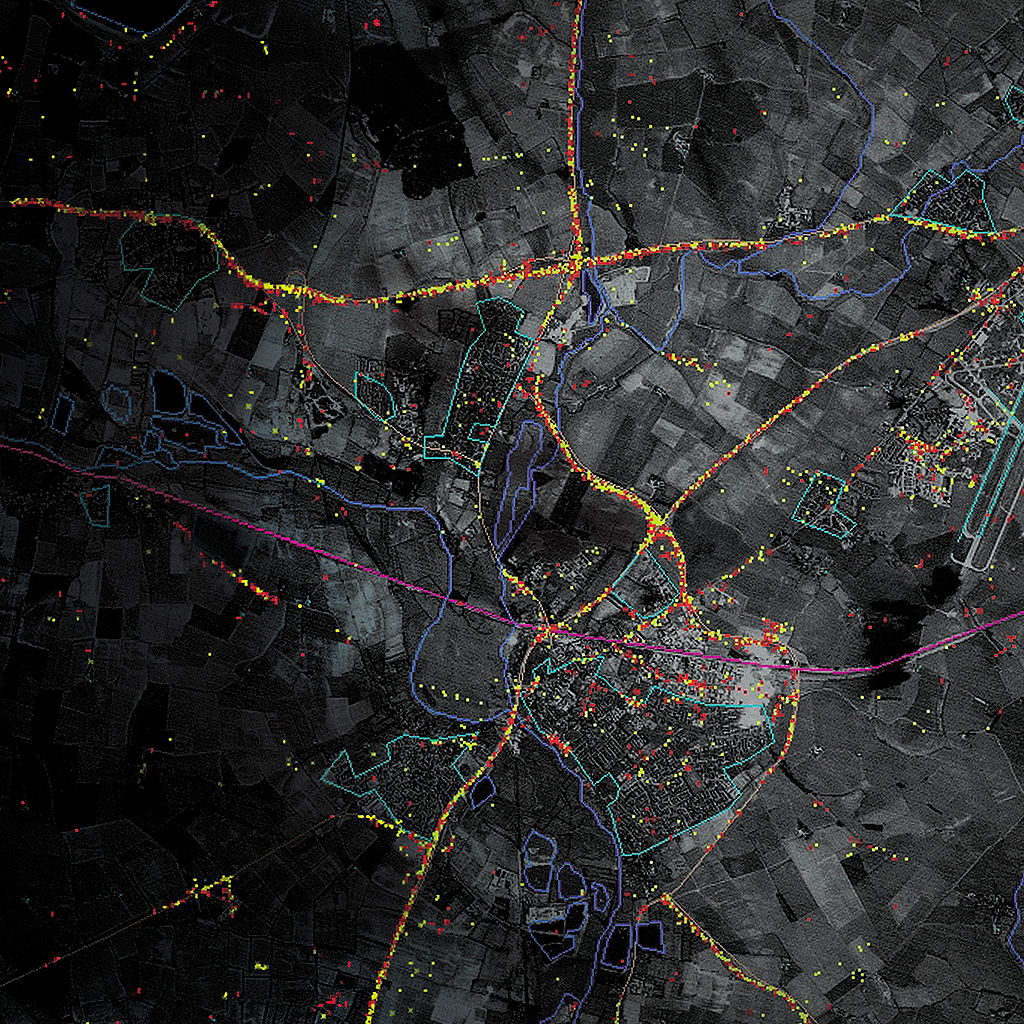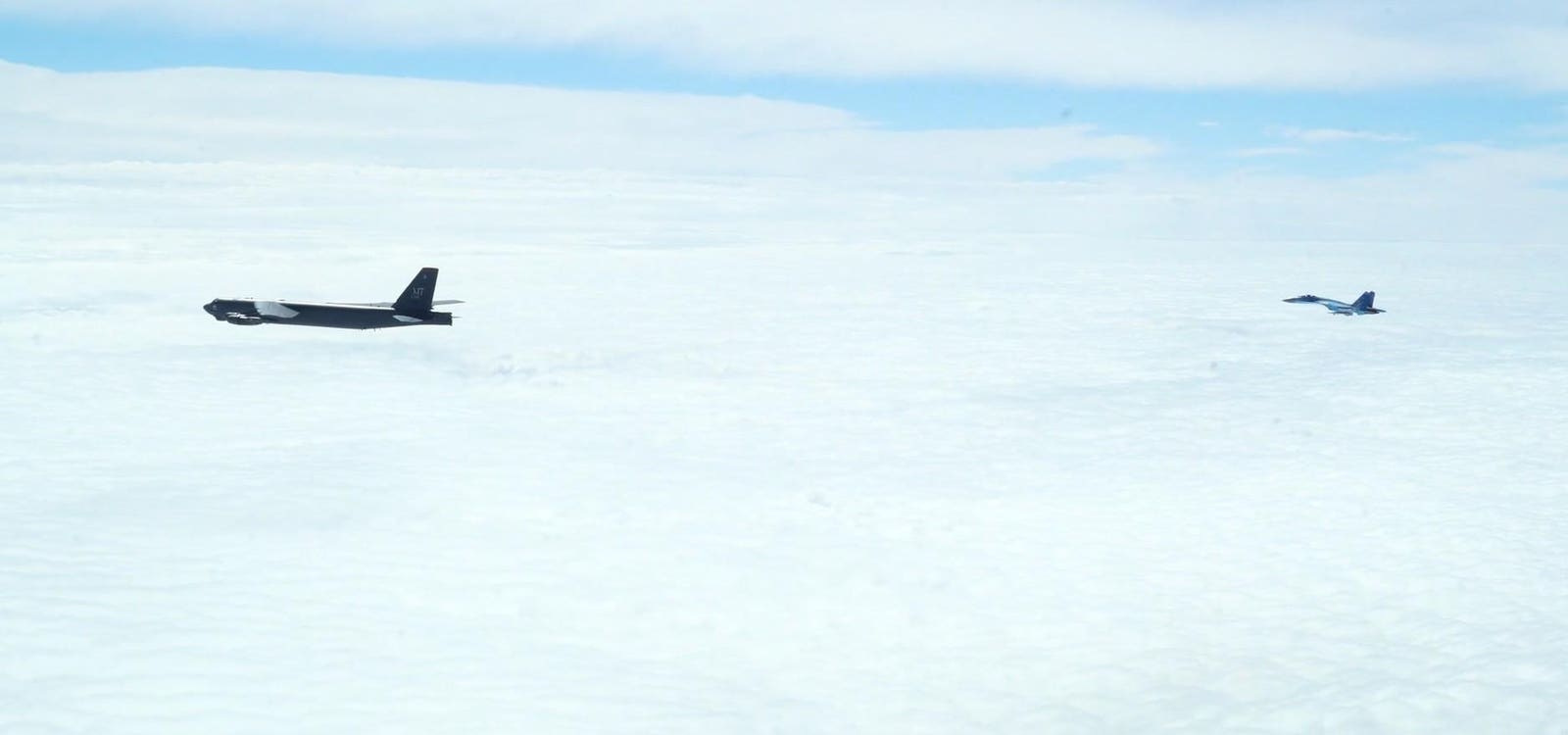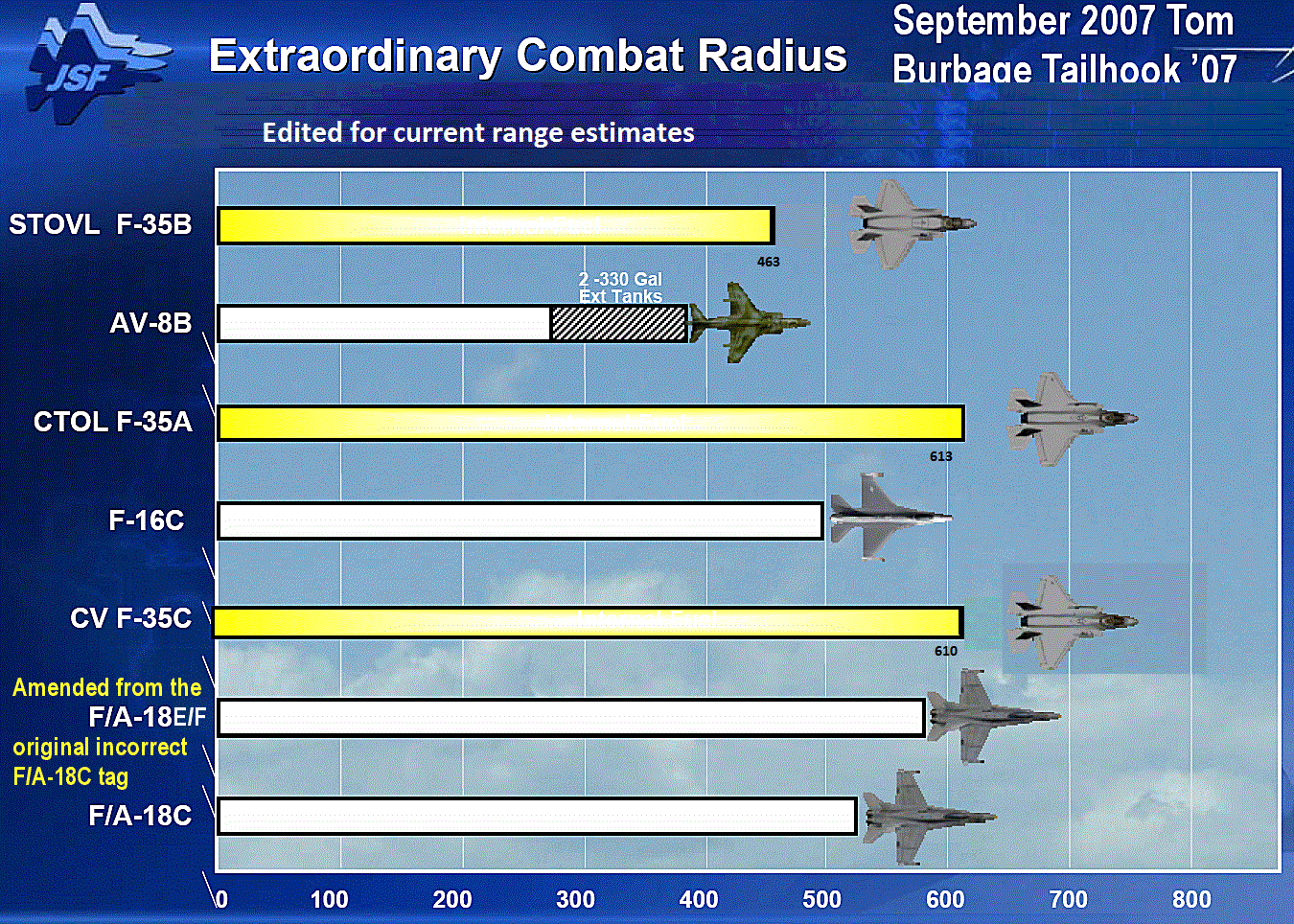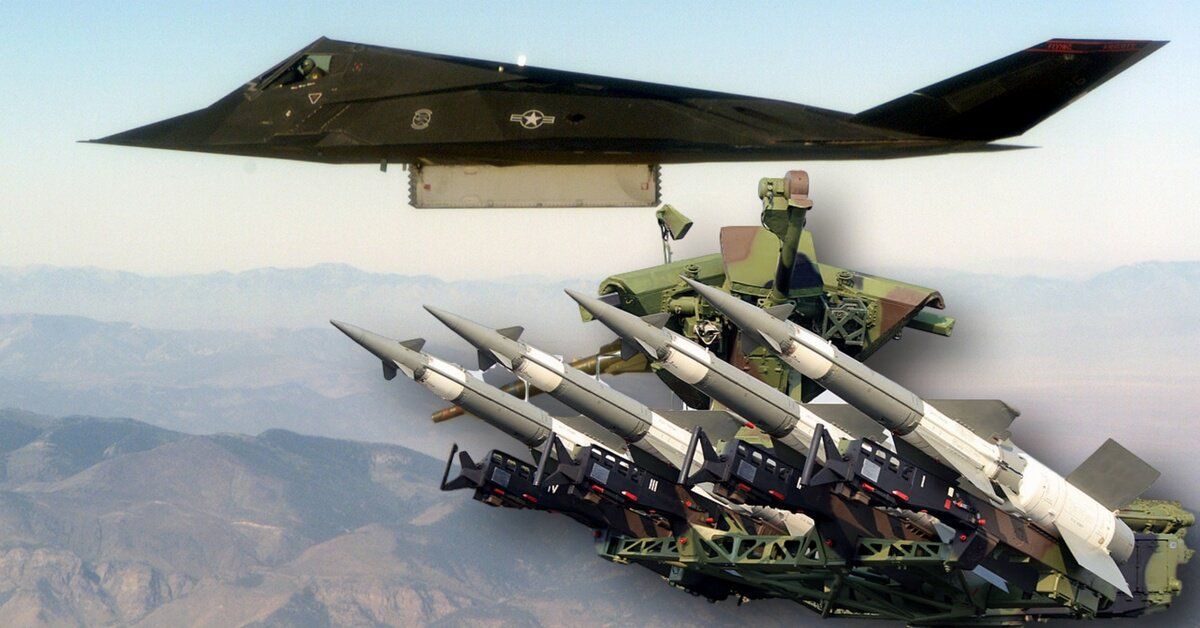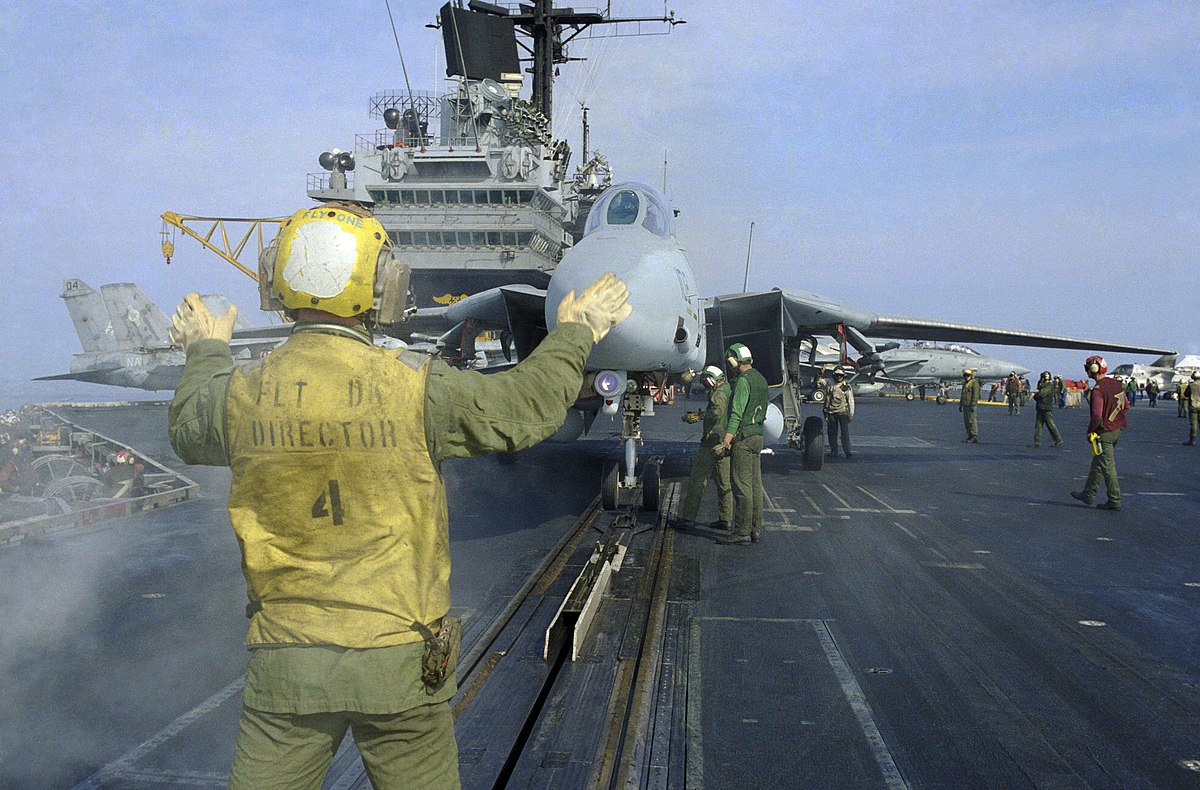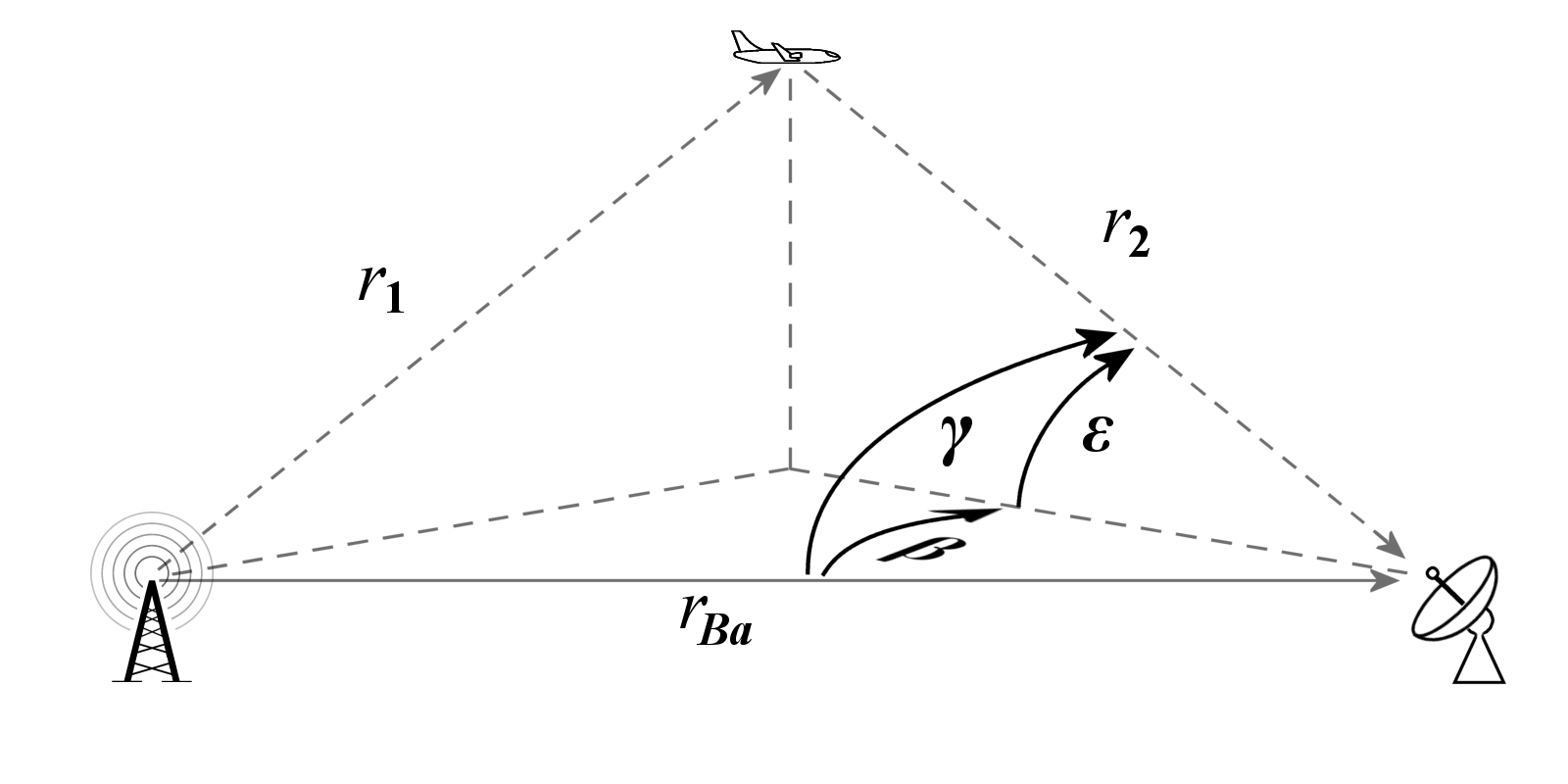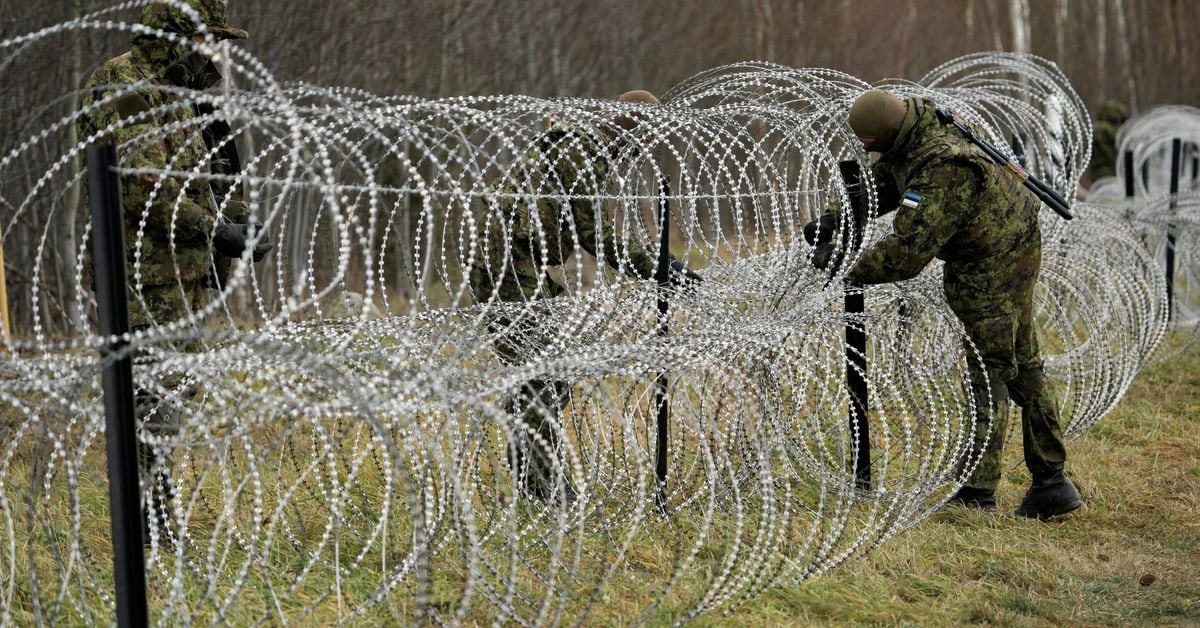Nice, I'll address one by one.
The F-35 has actually a better combat range than their F-16 and F-18 that it replaces in the USAF, USN and Marine corps, The F-35C for example carries nearly 20,000 lbs of internal fuel and has a range of
greater than 1,200 nm, and this is achieved without using drop tanks like its teen series predecessors.
recent development has seen the US will eventually replaces the current F135 engine with an adaptive cycle jet engine, competing design are the XA101 by Pratt and the XA100 by General Electric. Both promises to deliver at least 10% increase in thrust while improving fuel efficiency by 25%. Which means more range for the F-35 already impressive combat range.
GE Vernova's The Current is an information hub for all energy innovation news and stories, including topics related to decarbonization and electrification news.

www.ge.com
Now, in combat there WILL be casualties. Militaries are already trained for casulaties since as long as combat existed in the first place. What makes the difference is the eventual combat ratio losses in a particular battle. When the US are busy bombing Gemrany and Japan in WW2, the losses of around 10-20 bombers per sortie are considered the norm. Fast forward half a century later, a single F117 stealth bomber were shot down after over 38000+ air sortie. That's a huge leap in losses to success ratio.
An In-Depth Analysis of how Serbs Were Able to Shoot Down An F-117 Stealth Fighter during Operation Allied Force

theaviationgeekclub.com
So it doesn't matter if some S-200 are able to down an F-16 or what, by the time it hot shot, the OPFOR would have lose an entire army getting wiped by airstrike.
for countries opposing NATO, this is a big deal, as the F-35 now employed en masse is in magnitude more advanced than the F-117 shot down by pure luck (yes, you read it right pure luck) in Serbia.
==================================================================================================================
Moving on to a supposed vulnerability of airbases to ballistic missiles. Contrary to popular beliefs, Airpower remains the best way to counter ballistic missiles. In an actual combat, the movement of a battalion of lets say an Iskander ballistic missile battalion WILL be noticed by superior NATO ISR and intelligence.
If the commanders sees an imminent missile strike on its airbase, they could order a scramble. Remember that most ballistic missiles uses GPS/INS guidance that means the coordinate are uploaded before the launch. if in those 1 hour or so when the the coordinates are uploaded the fighters are no longer present it would be no use. At best those launches are a complete waste of missiles.
Now Just to inform fighter jets could scramble in just mere 5 minutes.
Ready Five, also referred to as
Alert Five in the film
Top Gun, is a condition of high alert for aircraft crews on the flight deck of an
aircraft carrier, in which they are ready to launch within five minutes. Fighter aircraft are placed on the steam catapult complete with flight crew, armament, and fuel, ready to defend the
carrier battle group from any unforeseen threat.

en.wikipedia.org
Yeah good luck trying to wipe them in their airbase. I haven't even mentioned how NATO had been training to use highways as alternatives to airfields.
==================================================================================================================
Now about the passive radar that people boast could 'detect' VLO (stealth) fighter
Radar detection is a two-parts process: Transmission and Reception (T/R). Simply put lose one part part, the process cannot be called 'radar'.
The more appropriate terms is Bi-static/multistatic radar. In a bi-static radar system, there are multiple transmitters/receivers. The original configuration have multiple transmitters and one base receiver. Or simply
Bistatic radar is a
radar system comprising a transmitter and receiver that are
separated by a distance comparable to the expected target distance.
This is the difference from a conventional (active) radar which have its T (transmitter) and R (receiver) located in the same place.
Pic of how bistatic radar works
Now what would happen if NATO anti-radiation missile punch through the transmitter, or an airstrike blows up the town electrical generator ??
Or what if NATO planes simply turn off their radar and there's no EM emission to grasp by the bistatic receiver .

and no, Bistatic radar actually having difficulties to determine anything in the sky. Basically anything that transmits EM emission is potentiall caught by the receiver which in this case, can be anything from TV to radio to cosmic background radiation:
electromagnetic emissions in the atmosphere. Unlike a conventional (active) radar you have no control over parameters such as freqs. Your radar data processing codes must now be written to compensate for as wide a variety of signals characteristics (TV signals, radio signals whatever signals are currently bouncing in the sky) as possible.
NATO could exploit this and everyone knows that.
So yeah good luck with that






